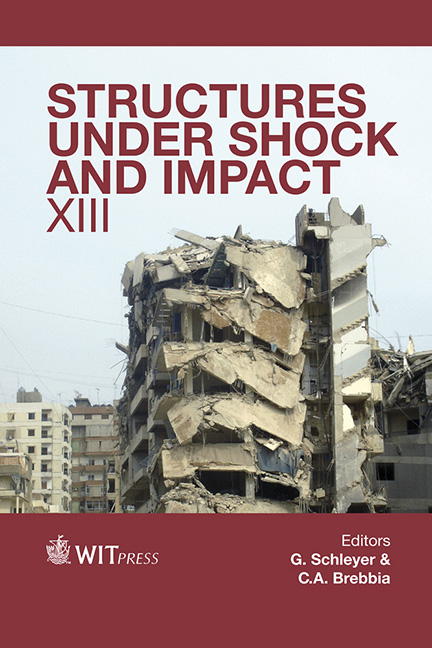Isolation System Reliability Of Reinforced Concrete Building Structures
Price
Free (open access)
Transaction
Volume
141
Pages
10
Published
2014
Size
570 kb
Paper DOI
10.2495/SUSI140381
Copyright
WIT Press
Author(s)
A. C. Teopilus & I. D. Sidi
Abstract
Earthquake-resistant structures are needed, especially in the areas located near a fault of tectonic plates. In the current technological developments, especially in earthquake studies, there are many ways that can be used to minimize even to negate the effects of an earthquake in response of a building, so that the building can still function properly. One of the technological seismic developments is using a base isolation system, which consists of lead rubber bearing, high damping rubber bearings, and others. The working principle of base isolation itself is to increase the period of the structure so that the effects of the earthquake are reduced and this system increases the damping in the structure. Nowadays, a base isolation system is widely used primarily in rigid buildings. It has such a small time period that it becomes an effective system to use. The main focus of this paper is to determine the reliability of a base isolation system in a 15-story building. It is done by comparing the laboratory results with the results of the analysis of the modelling structure in SAP2000. Base isolation resistance is said to be reliable if resistance is larger than load, which means that base isolation is able to withstand loads that occur, especially earthquake loads that are modelled in time history analysis. In addition, the analysis is also performed to compare the response of a structure using base isolation with a building structure without using a base isolation system, and also to see the energy dissipation from the base isolation building system. The reference that is used as the basis for this plan is SNI 1726-2012 (the Indonesian building code). Keywords: base isolation, high damping rubber bearing, passive damper, isolation reliability, probability of collapse isolator, non linear time history analysis.
Keywords
base isolation, high damping rubber bearing, passive damper, isolation reliability, probability of collapse isolator, non linear time history analysis.





